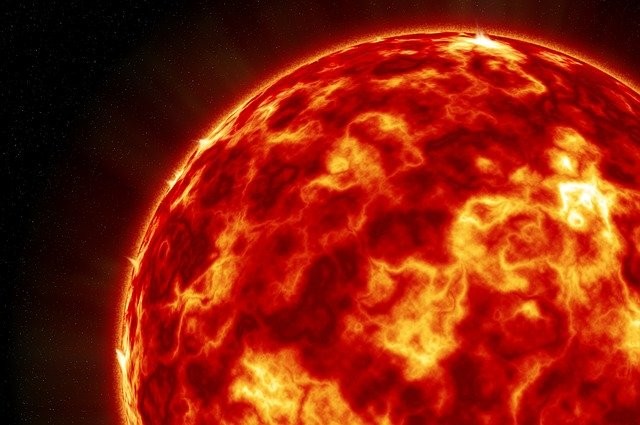
(Photo : ipicgr/Pixabay )
Micronova explosions are detected on celestial bodies like White Dwarfs opposite of a supernova, which reveals another nature of stars.
Researchers detected Micronova explosions on celestial bodies like white dwarfs or dead stars noticed by astronomers. These occur on the shells of decease stars that have shrunk but still generating nuclear reactions in such a state.
This new type of stellar outburst or explosion is exciting because of how stars go about their lives until collapsing into a black hole.
Smaller-scale Thermonuclear Activity Seen Recently
The smaller scale stellar activity was seen on the shell of a white dwarf that sucked in material from a nearby binary companion, reported Science Alert.
It is a lesser explosion than monstrous explosions of supernovae that happens on the surface of a dead star.
Scientists have calculated these explosive phenomena can consume from tens to hundreds of quintillions of kilograms of stellar material in hours.
One way to show how big these outbursts are would be about several billions of the Pyramids of Giza. Another way to measure the content of material burnt is that of a thousandth of the mass of the Earth's moon.
Astrophysicist Simone Scaringi of Durham University in the UK cited the European Southern Laboratory, and the discovery of the astronomical phenomena was identified for the first time.
He went on to say that it's a cosmic phenomenon that defies our knowledge of how stars experience thermonuclear explosions. We thought we already understood it, but this revelation proposes a new approach to achieving objectives, noted Science Daily.
White Dwarfs and Mini-Supernova
Collapsed stars or White Dwarfs with a gravitationally linked partner (binary systems) burn off nuclear material relentlessly, causing micronova explosions if the gas erupts periodically.
White Dwarfs are a burnt-out shell of a once-living star after all the nuclear fuel is gone, going supernova that leads to either an oscillating neutron star or quasar.
Read Also: New Study Suggests Ancient Pterosaurs Had Feathers That Change Colors at a Cellular Level
Another is a zero-gravity black hole, the most destructive celestial body in the cosmos and unknown. Many of them can be found in binary systems, mentioned SciTech Daily.
There are ten binary systems in the Milky Way with a companion dead star that is sucking material from a live cosmic body; a recurrent nova results from the interaction,
A White Dwarf will pull in a partner body's hydrogen fuel due to its immense pull; later, the gas will heat up on the star's shell.
Once the pressure and heat reach a threshold, it will create a nuclear reaction, expelling materials with the supernova explosion. Scaringi and the study members observed the opposite of a significant nova outburst.
Looking for these phenomena with the help of TESS, say what happened on these cosmic bodies; by retuning the setting to detect these micronova explosions on these paired celestial bodies.
According to Nature, discovering the cosmic phenomena is a big deal, and the study member has uncovered another stellar process relevant to the cosmos.
Related Article: Jupiter's Moon Europa Has Water in Earth-Like Ice Sheets That Gives Hint About Existing Alien Life








